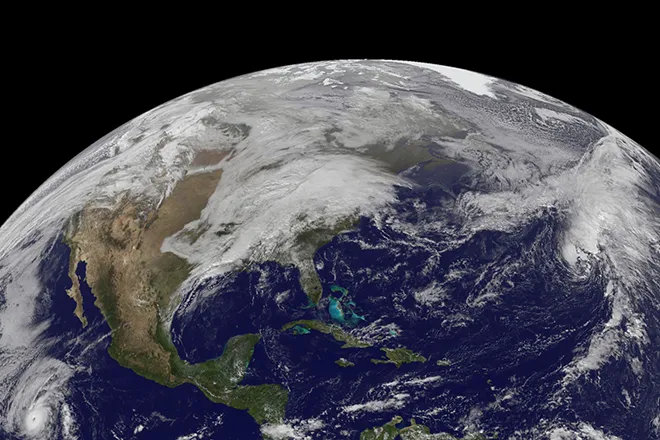
Understanding El Niño
Eastern Colorado has seen wild weather this winter and spring that is commonly identified as the El Niño weather pattern. El Niño Southern Oscillation (ENSO) is an ocean-atmospheric phenomenon resulting in warmer water temperatures in the eastern Pacific Ocean off South America near Peru and Ecuador. This climate pattern typically occurs every three to seven years and may last a few months or a few years. Trade winds traditionally move warm water away from the coastline which allows the colder water to rise to the surface. When trade winds slack off, the water then heats up. Surprisingly, El Niño tends to increase wind shear which can tear apart hurricanes in the Atlantic but has more the opposite effect in the Pacific therefore causing more. The other two weather patterns we see are La Niña and normal.
What does El Niño mean for Colorado? This weather pattern sees warmer trends across the northern part of the United State, Canada, Pacific Northwest, and Ohio Valley. The Southwest is typically cooler and wetter, this is due to the jet stream pushing further south. A persistent high-pressure system over the upper Midwest part of the United States tends to block the storms as they track from the west. This makes our storms last longer and brings in more moisture that is pulled from the Guld of Mexico region.
Weather forecasters in Colorado and the Climate Prediction Center announced at the beginning of June that El Niño conditions are present and are expected to grow stronger for the next few months. They gave a 56 percent change of developing strongly and 84 percent of topping moderate strength. While this weather pattern strengthens closer to winter, we should see a wetter and colder winter.
As you can see in the included graphic the wetter weather patterns indicating ENSO were more frequent in the 1990s, our last continual moisture flow period. La Niña is when the waters are cooler, thus drying out our part of the country.

















